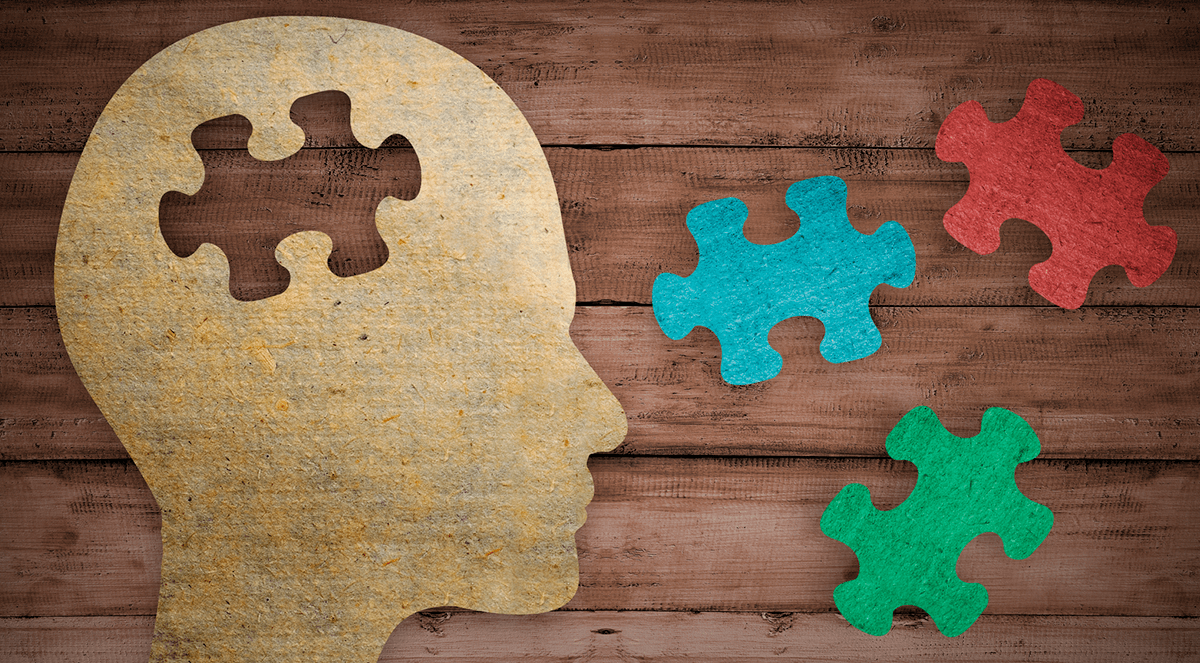The mediodorsal thalamus (MD) and anterior thalamic nuclei (ATN) are two adjacent brain nodes that support our ability to make decisions, learn, update information, form and retrieve memories, and find our way around. The MD and PFC work in partnerships to support cognitive processes linked to successful learning and decision-making, while the ATN and extended hippocampal system together coordinate the encoding and retrieval of memories and successful spatial navigation. Yet, while these distinctions may appear to be segregated, both the MD and ATN together support our higher cognitive functions as they regulate and are influenced by interconnected fronto-temporal neural networks and subcortical inputs. Our review focuses on recent studies in animal models and in humans. This evidence is re-shaping our understanding of the importance of MD and ATN cortico-thalamocortical pathways in influencing complex cognitive functions. Given the evidence from clinical settings and neuroscience research labs, the MD and ATN should be considered targets for effective treatments in neuropsychiatric diseases and disorders and neurodegeneration.Copyright © 2021. Published by Elsevier Ltd.
Thalamocortical interactions in cognition and disease: the mediodorsal and anterior thalamic nuclei.


